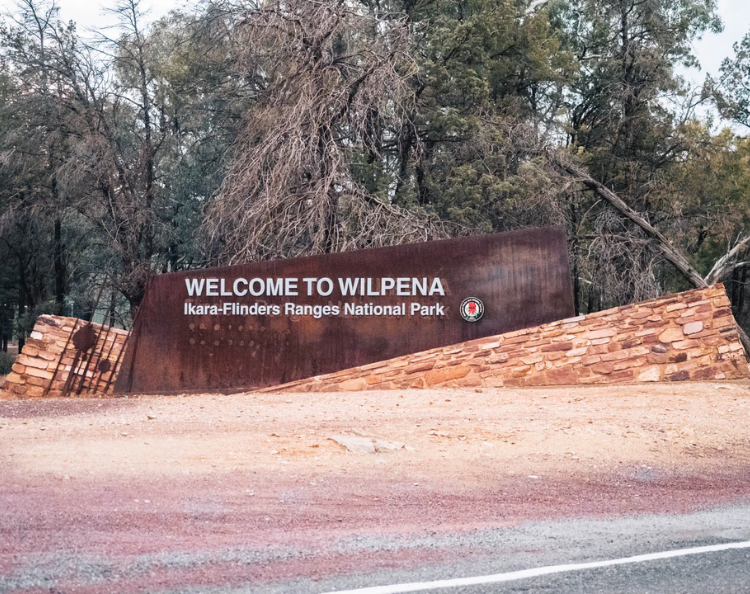
The Ikara-Flinders Ranges National Park is located in the northern part of South Australia, approximately 400 kilometers north of Adelaide, the state's capital city. It encompasses the stunning Flinders Ranges, which are a series of rugged mountain ranges, deep gorges, and picturesque landscapes, making it a popular destination for outdoor enthusiasts and nature lovers.

Ikara-Flinders Ranges National Park emerged onto the Australian landscape in the year 1945. Like a hidden gem unearthed from the vast expanse of South Australia, it graced the map with its rugged beauty and natural grandeur. Picture it: a timeless tableau of ancient mountain ranges, their weathered peaks stretching towards the sky like the outstretched fingers of a slumbering giant. Deep gorges carve through the terrain, their depths revealing the secrets of millennia past.
It was in this year that the park, named after the local Adnyamathanha people's word for "meeting place," officially became a protected area, safeguarding its ecological diversity and cultural significance. From that moment on, it beckoned adventurers, hikers, and nature enthusiasts alike to explore its winding trails and immerse themselves in its breathtaking vistas.
Since its inception, Ikara-Flinders Ranges National Park has stood as a testament to the enduring beauty of the Australian outback. Its red earth and rugged escarpments have inspired artists and poets, while its rich biodiversity has captivated scientists and researchers. Over the years, it has become not just a destination but a symbol of Australia's natural heritage, drawing visitors from around the world to marvel at its wonders.
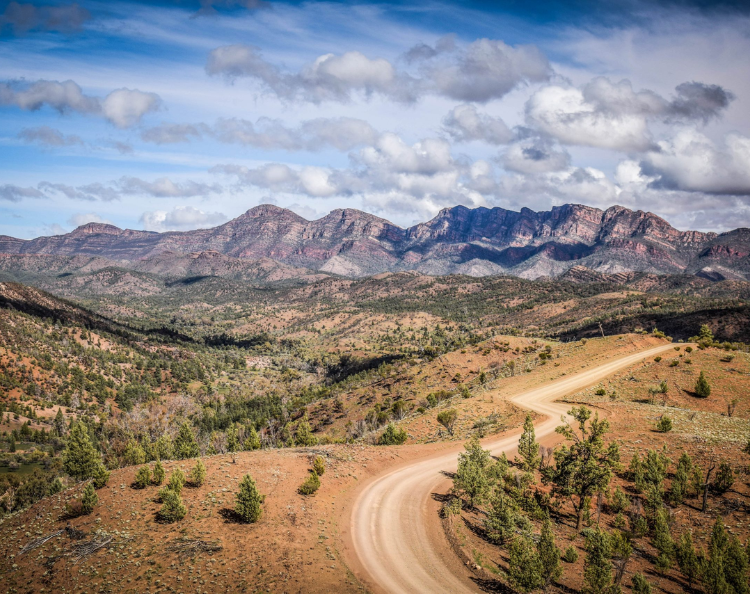
The Ikara-Flinders Ranges National Park was not "invented" by any individual in the traditional sense. Instead, it was established through a collective effort involving various stakeholders, including government agencies, indigenous communities, conservationists, and local residents.
The creation of the park involved a process of recognizing the ecological and cultural significance of the Flinders Ranges region and taking steps to protect it for future generations. This process likely included discussions, negotiations, and agreements among different parties to designate the area as a national park and implement conservation measures.
While specific individuals may have played key roles in advocating for the establishment of the park or contributing to its management and development over the years, attributing its creation to a single inventor would not accurately reflect the collaborative nature of conservation efforts and the complexities involved in establishing protected areas.
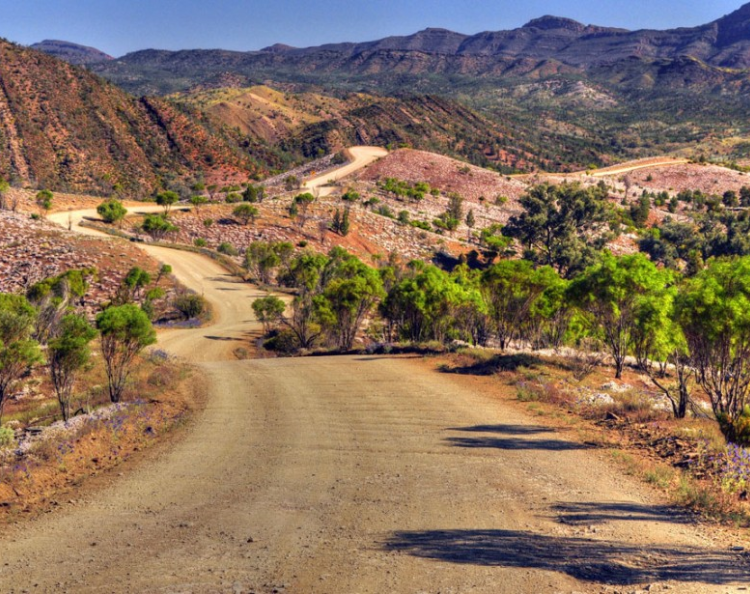
The name "Ikara-Flinders Ranges National Park" reflects both the indigenous and colonial heritage of the area.
"Ikara" is the Adnyamathanha people's word for "meeting place" or "place of significance." The Adnyamathanha are the traditional owners of the land where the national park is situated, and their language and culture have deep connections to the Flinders Ranges region. Naming the park with an indigenous term acknowledges and honors the cultural significance of the land to the Adnyamathanha people.
"Flinders Ranges" refers to the mountain ranges that dominate the landscape of the park. The name "Flinders" pays tribute to the British navigator and explorer Matthew Flinders, who extensively explored the coastline of Australia in the early 19th century. Flinders never actually explored the ranges themselves, but he is credited with mapping much of the Australian coastline, and his name was later applied to various geographical features across the country, including the Flinders Ranges.
By combining "Ikara" with "Flinders Ranges" in the name of the national park, it acknowledges both the indigenous heritage of the land and the colonial history associated with its exploration and mapping. This naming choice reflects a recognition of the diverse layers of history, culture, and natural beauty that characterize the area encompassed by the park.
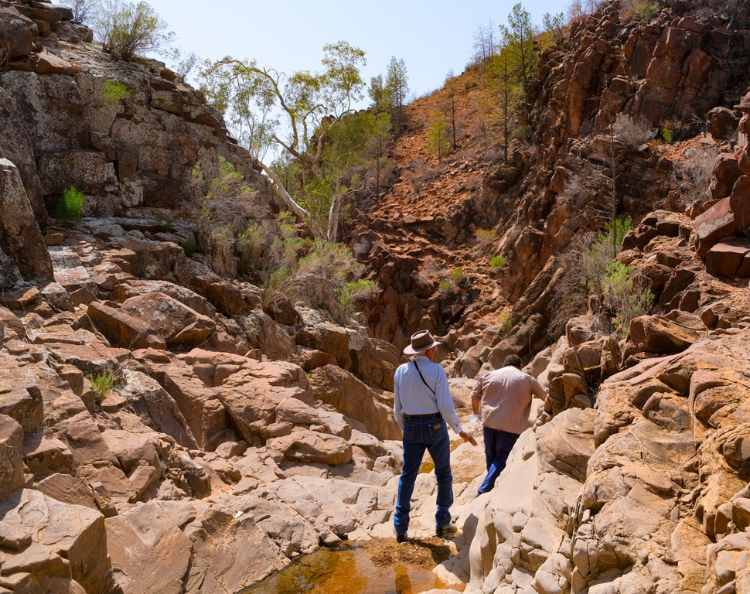


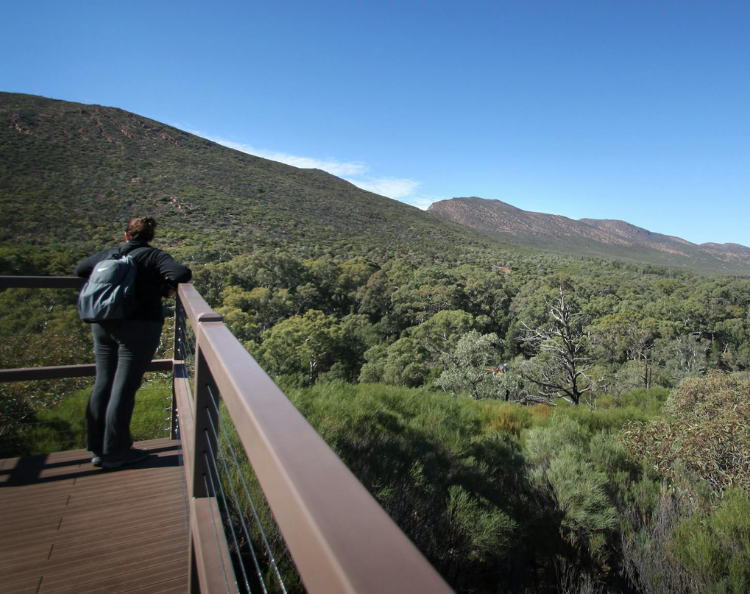
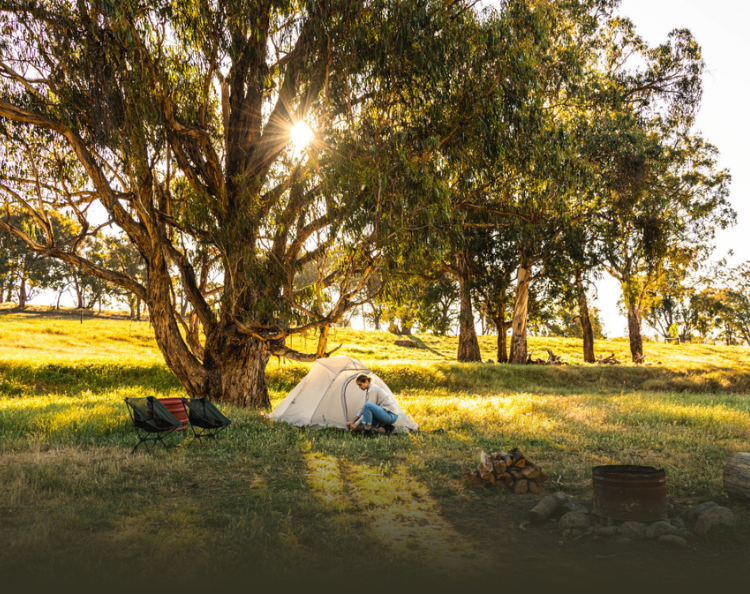
Ikara-Flinders Ranges National Park is a haven for hiking enthusiasts for several reasons:
1. **Spectacular Scenery**: The park boasts stunning landscapes characterized by rugged mountain ranges, deep gorges, expansive plains, and ancient rock formations. Hiking trails wind through these diverse environments, offering breathtaking views at every turn.
2. **Varied Terrain**: Hikers can explore a wide range of terrain, from easy walks through scenic gorges to challenging climbs up steep peaks. Whether you're seeking a leisurely stroll or a more adventurous trek, the park has trails suitable for all skill levels.
3. **Abundant Wildlife**: The park is home to a diverse array of wildlife, including kangaroos, emus, wallabies, and numerous bird species. Hikers may encounter these animals while exploring the trails, adding to the sense of adventure and immersion in nature.
4. **Cultural Significance**: The Flinders Ranges region holds deep cultural significance for the indigenous Adnyamathanha people, whose connection to the land spans thousands of years. Hikers have the opportunity to learn about indigenous culture and history through interpretive signs, guided tours, and cultural experiences offered within the park.
5. **Remote and Tranquil Environment**: Despite its popularity, Ikara-Flinders Ranges National Park offers a sense of remoteness and tranquility. Hiking trails meander through vast expanses of wilderness, providing opportunities for solitude and reflection amidst the natural beauty of the Australian outback.
6. **Accessible Trails**: The park features a variety of hiking trails, ranging from short, easy walks to multi-day treks. Many trails are well-marked and accessible year-round, making it easy for hikers of all abilities to explore the park's wonders.
Overall, Ikara-Flinders Ranges National Park offers hiking lovers the perfect combination of scenic beauty, diverse terrain, wildlife encounters, cultural richness, and solitude, making it an unforgettable destination for outdoor adventure.
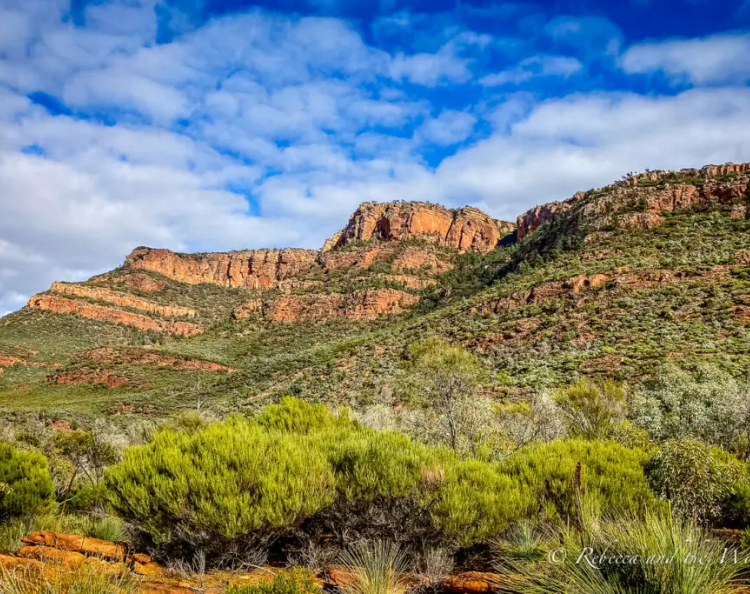
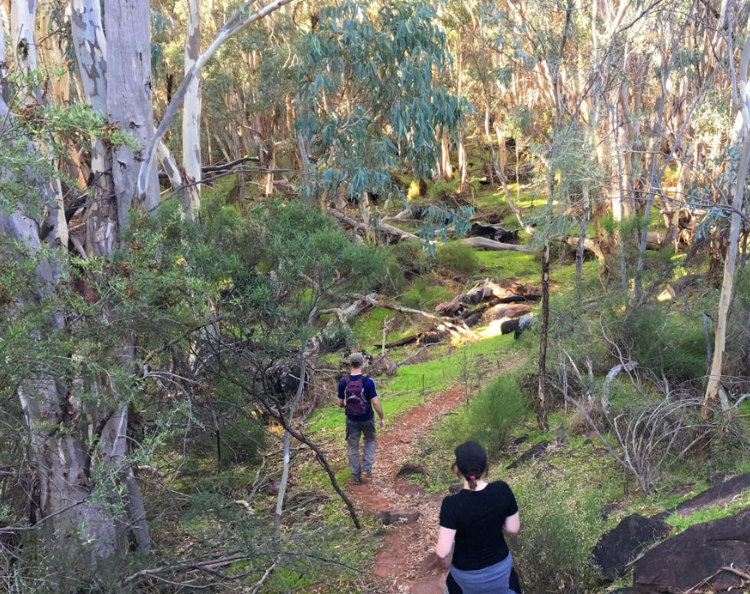

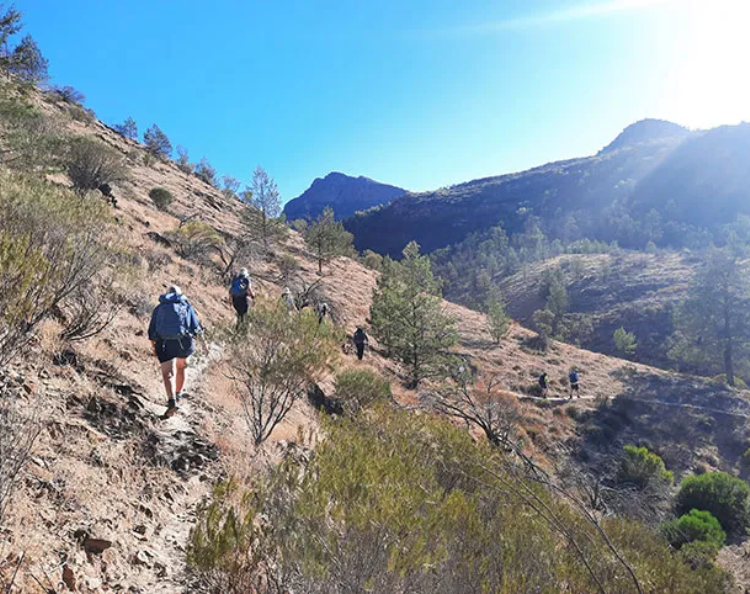


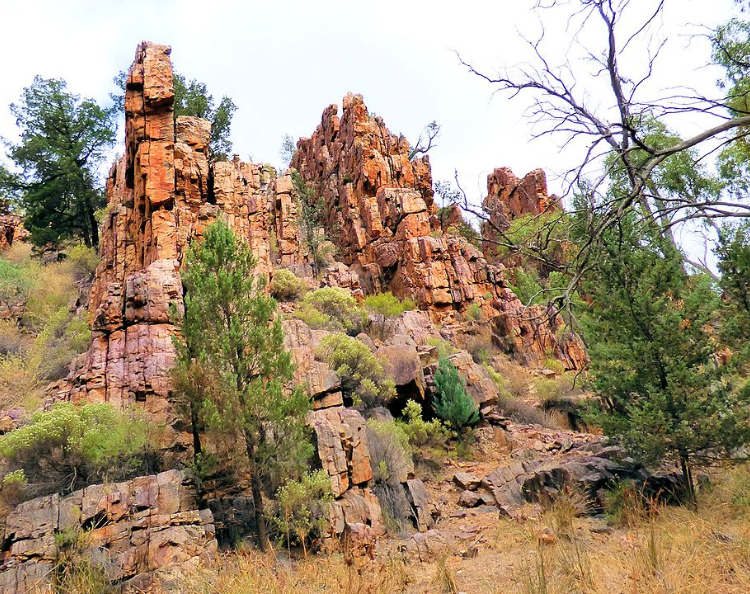
While Ikara-Flinders Ranges National Park can be hiked year-round, the best time to visit may depend on personal preferences and the type of experience you're seeking:
1. **Spring (September to November)**: Spring is an excellent time to visit the park, as temperatures are mild, wildflowers are in bloom, and wildlife activity is high. The weather is generally pleasant for hiking, with cooler temperatures compared to the summer months.
2. **Autumn (March to May)**: Autumn is another great time to hike in the park, with comfortable temperatures and fewer crowds compared to the peak summer season. The changing colors of the foliage add to the scenic beauty of the landscape.
3. **Winter (June to August)**: Winter brings cooler temperatures to the park, particularly at night, but daytime temperatures are still suitable for hiking. Winter is a quieter time in the park, offering solitude and tranquility for those who prefer to explore without crowds.
4. **Summer (December to February)**: Summer can be hot and dry in the Flinders Ranges, with temperatures occasionally exceeding 40 degrees Celsius (104 degrees Fahrenheit). Hiking during summer requires careful planning, adequate hydration, and protection from the sun. Early morning or late afternoon hikes are recommended to avoid the heat of the day.
Overall, the shoulder seasons of spring and autumn are often considered the best times to visit Ikara-Flinders Ranges National Park for hiking, as they offer mild temperatures, blooming wildflowers, and fewer crowds. However, with proper preparation, hiking can be enjoyed in the park year-round.